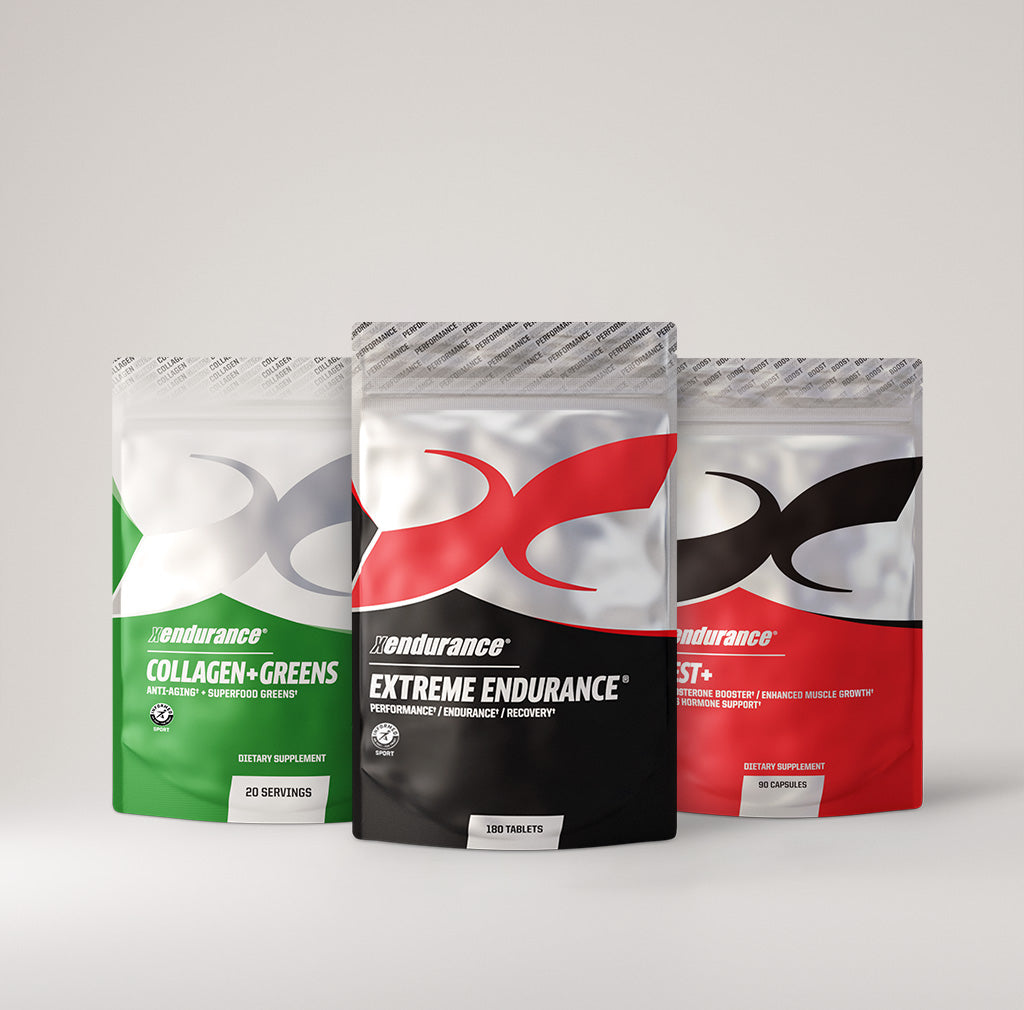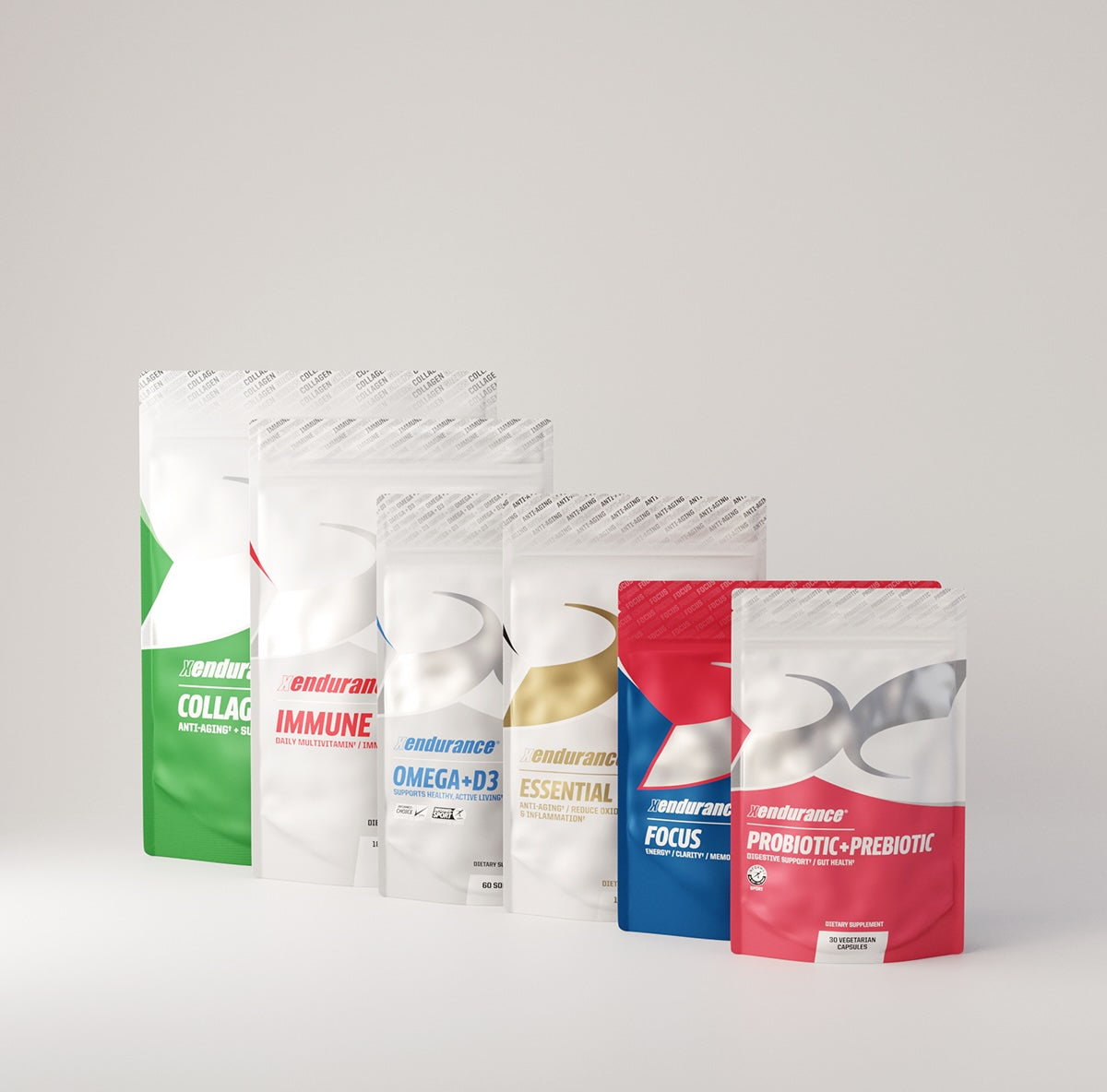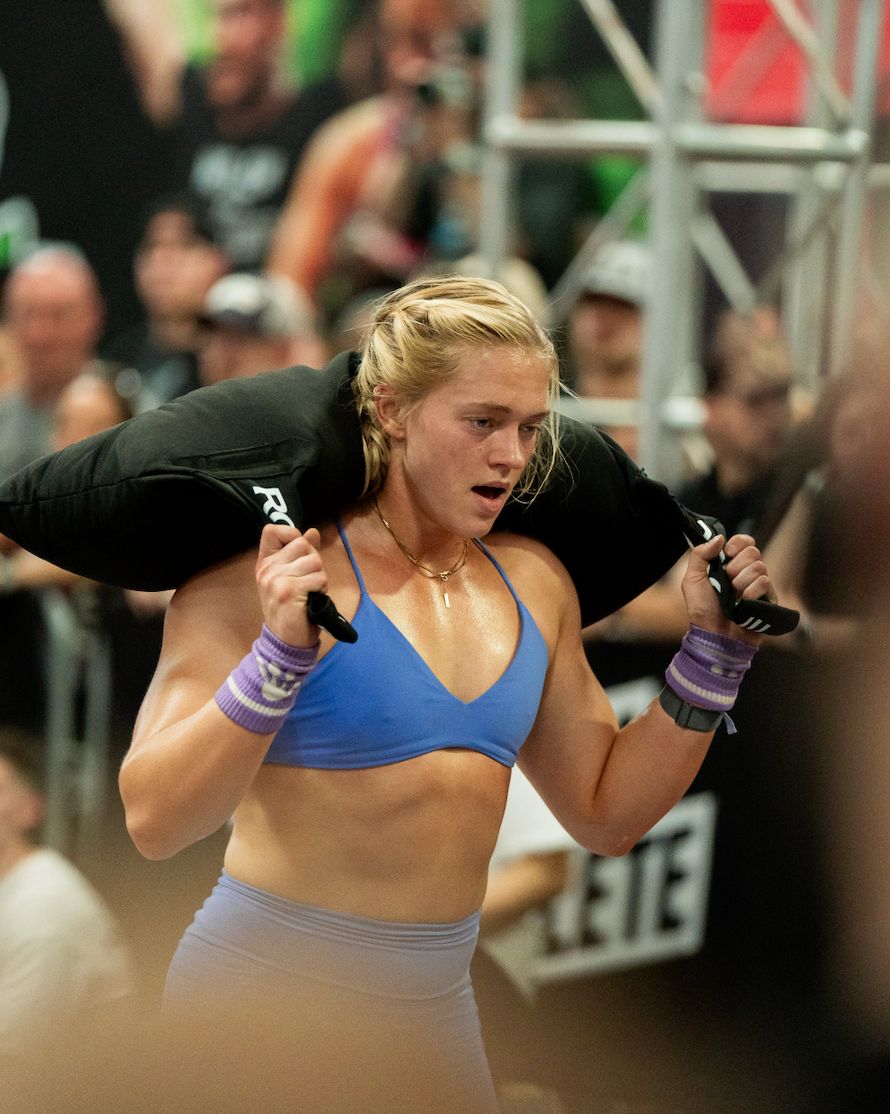Hey everyone, from gym buffs to those just dipping a toe in! If you’ve ever wondered about a gentler way to stay active that doesn’t leave your joints aching or your body exhausted, you’re in the right place. Today, we’re talking about low impact workouts—what they are, who they’re perfect for, and why they might just be the game-changer you need in your fitness routine. Whether you’re a beginner, recovering from an injury, or just looking for something sustainable, low impact workouts could be your new best friend. Let’s explore this approachable, feel-good approach to exercise and see if it’s right for you!
What Are Low Impact Workouts?
First things first—what exactly are low impact workouts? In simple terms, they’re exercises that keep stress off your joints and bones while still giving your heart, muscles, and mind a solid workout. Unlike high-impact moves (think jumping jacks or sprinting), low impact workouts involve movements where at least one foot stays on the ground—or no impact at all, like swimming. The goal? To get your body moving without the jarring, pounding sensations that can sometimes come with more intense routines.
Think of low impact workouts as the kinder, gentler cousin of fitness. They’re designed to boost your health—think improved cardiovascular endurance, stronger muscles, and better flexibility—without putting undue strain on your body. And the best part? They’re accessible to almost everyone, no matter your age or fitness level. If you’ve ever felt intimidated by hardcore gym sessions, this might be your invitation to ease into something doable and fun.
Who Might Benefit Most from Low Impact Workouts?
So, who should consider giving low impact workouts a try? Spoiler alert: it’s a pretty big crowd! Here’s a rundown of the folks who might find these exercises especially appealing:
- Beginners: If you’re new to fitness, jumping straight into high-intensity workouts can feel overwhelming (and maybe even a little scary). Low impact workouts offer a welcoming entry point, helping you build strength and confidence without risking injury.
- People with Joint Issues: Got achy knees, hips, or a cranky back? Conditions like arthritis or past injuries can make high-impact exercise painful. Low impact options let you stay active while protecting those sensitive spots.
- Older Adults: As we age, our bodies might not bounce back from intense workouts as quickly. Low impact workouts are a fantastic way for seniors to maintain mobility, heart health, and independence—without the wear and tear.
- Pregnant or Postpartum Women: Expecting a little one or recovering after birth? Low impact exercises like prenatal yoga or walking can keep you moving safely during this special time.
- Anyone Recovering from Injury: If you’re rehabbing a sprain, surgery, or strain, low impact workouts can help you regain strength gradually, often under the guidance of a physical therapist.
-
Fitness Lovers Seeking Balance: Even if you’re a fan of high-intensity training, low impact workouts can be a perfect “active recovery” option to give your body a break while staying in the game.
Basically, if you’re looking for a sustainable, joint-friendly way to stay fit—or just want to mix things up—low impact workouts are worth a shot. They’re not about going easy; they’re about going smart!
Can You Lose Weight on a Low Impact Workout?
Absolutely, you can lose weight with low impact workouts—it’s all about consistency and finding the right groove for your body! While they might not burn calories as fast as high-intensity sessions (think 200-300 calories for a brisk 30-minute walk versus 400+ for HIIT), low impact exercises like swimming, cycling, or yoga can still create the calorie deficit needed for weight loss. The secret? You can often sustain them longer and more frequently without feeling wiped out, stacking up those burned calories over time. Pair them with a balanced diet, and you’ve got a winning combo. Plus, they build muscle and boost metabolism subtly, helping you shed pounds without stressing your joints. So, if you’re looking for a gentler path to weight loss that’s sustainable and enjoyable, low impact workouts are definitely worth a try!
Examples of Low Impact Workouts to Try
Ready to give it a whirl? Here are some fun, effective low impact workouts you can try at home, at the gym, or even outdoors. No fancy equipment required—just a willingness to move!
- Walking: Lace up your sneakers and hit the pavement or a treadmill. A brisk 30-minute walk can burn calories, boost your mood, and get your heart pumping.
- Swimming: Dive into the pool for a full-body workout with zero impact. It’s gentle on joints and works every muscle group—plus, it’s super refreshing!
- Cycling: Whether on a stationary bike or cruising around your neighborhood, cycling builds leg strength and endurance without stressing your knees.
- Yoga: Flow through poses to improve flexibility, balance, and core strength. It’s low impact but can still leave you feeling accomplished.
- Pilates: Focus on controlled movements to tone muscles and improve posture. It’s a favorite for building strength without jumping around.
- Rowing: Grab a rowing machine (or head to the water if you’re fancy) for a killer cardio and strength combo that’s easy on the joints.
-
Elliptical Training: This gym staple mimics running without the impact, giving you a solid cardio session with less strain.
These options are endlessly customizable—go slow or pick up the pace depending on how you feel. The key is to keep moving in a way that feels good for you.
Low Impact vs. High Intensity: What’s the Difference?
Now, let’s put low impact workouts side by side with their high-intensity counterparts (like HIIT—high-intensity interval training). Both have their perks, but they serve different purposes. Here’s the breakdown:
- Impact on the Body: High-intensity workouts often involve explosive moves—think burpees, box jumps, or sprints—that get your heart rate soaring fast but can stress joints and muscles. Low impact workouts keep things smooth and steady, reducing the risk of injury.
- Calorie Burn: High-intensity sessions torch calories quickly (think 300-500 calories in 30 minutes), making them great for fast weight loss. Low impact workouts burn fewer calories per minute (around 200-300 for a brisk walk), but you can sustain them longer, evening out the score over time.
- Fitness Goals: Want quick gains in stamina or muscle? High intensity might be your pick. Prefer gradual endurance and flexibility? Low impact has you covered.
-
Recovery Time: High-intensity workouts often demand rest days to recover. Low impact options? You can do them daily with less fatigue or soreness.
The winner? It’s not a competition! Many folks blend both styles—high intensity for a challenge, low impact for consistency. It’s all about what fits your life and body best.
How Many People Are Doing Low Impact Workouts? Stats and Trends
Curious about how popular low impact workouts are? While exact numbers vary, data suggests they’re a big hit across ages and lifestyles. According to the Physical Activity Council’s 2023 Participation Report, over 60% of Americans engaged in some form of fitness activity, with walking topping the list as the most popular low impact exercise—clocking in at over 145 million participants! Swimming and cycling also ranked high, with millions opting for these gentler options.
Age-wise, low impact workouts shine among older adults. The Centers for Disease Control and Prevention (CDC) notes that adults over 65 are more likely to choose activities like walking or yoga, with participation rates hovering around 50% for moderate-intensity exercise. Younger folks (18-34) lean toward high-intensity trends, but low impact still holds appeal—about 30% enjoy cycling or yoga as part of their routine.
Why the love for low impact? Reasons range from joint health (a top concern for 1 in 4 adults with arthritis, per the Arthritis Foundation) to sustainability. People also cite enjoyment, lower injury risk, and the ability to stay active long-term over the short-lived thrill of high-intensity sessions.
A Little History: Where Did Low Impact Workouts Come From?
Low impact workouts aren’t exactly new—they’ve evolved alongside our understanding of fitness. In the 1980s, Jane Fonda’s aerobics craze brought “low impact aerobics” into living rooms via VHS tapes, blending dancey moves with gentler steps to protect joints. Around the same time, yoga and Pilates gained traction in the West, offering mindful, low-stress alternatives to the high-energy trends.
Earlier still, swimming and walking have been go-to activities for centuries—think ancient Roman bathhouses or 19th-century “health walks” prescribed by doctors. Today, low impact workouts have modernized with tech (hello, rowing apps!) and science-backed benefits, making them a timeless choice for staying fit.
Why Choose Low Impact Over High Impact?
So, why might someone pick low impact over high impact? It boils down to personal needs and lifestyle:
- Joint Protection: If you’ve got creaky knees or a history of injury, low impact keeps you moving without pain.
- Longevity: Want a routine you can stick with for years? Low impact is less likely to burn you out or sideline you with injuries.
- Mental Boost: The calm, steady pace of low impact workouts—like yoga or a nature walk—can reduce stress, unlike the adrenaline rush of high intensity.
-
Accessibility: No gym? No problem. Walking or stretching at home works just as well.
High impact has its place for fast results and big challenges, but low impact wins for consistency and comfort.
Give Low Impact Workouts a Try!
If any of this resonates with you, why not dip your toes into the world of low impact workouts? Start small—maybe a 20-minute walk or a beginner yoga video online. Listen to your body, have fun, and see how it feels. You might be surprised at how strong and energized you feel without the strain.
Fitness isn’t one-size-fits-all, and that’s the beauty of low impact workouts—they meet you where you are. So, grab a friend, your favorite playlist, or just some quiet time, and give it a go. Your body (and maybe your mind) will thank you!









Leave a comment
This site is protected by hCaptcha and the hCaptcha Privacy Policy and Terms of Service apply.